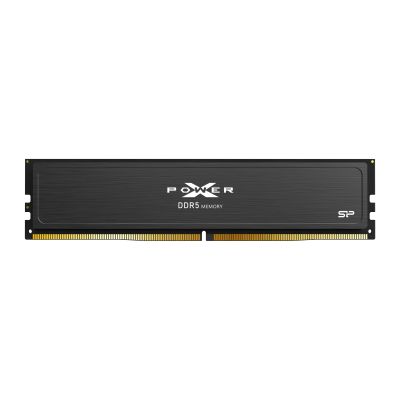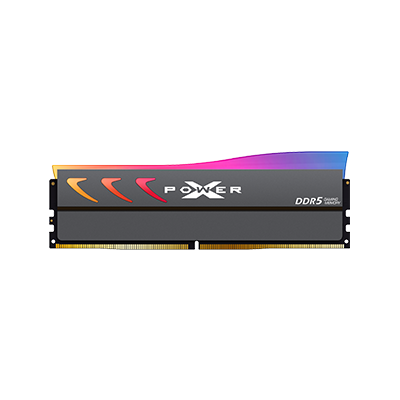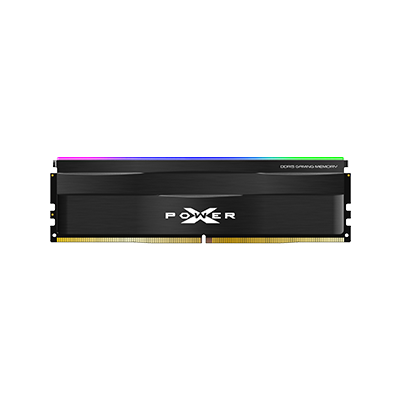RAM Upgrade Made Easy|Beginner-Friendly Installation Guide for a Noticeable Speed Boost
![]()
RAM (Random Access Memory) is one of the key determinants of a computer system's performance. As applications become more resource-intensive, upgrading RAM has become a top choice for many users looking to extend their device's lifespan and improve system fluidity. But did you know there are quite a few nuances to a memory upgrade? Choosing the wrong specifications can not only fail to boost performance but might also lead to boot failures or system instability.
This guide will walk you through:
- When do you need to upgrade RAM?
- How to check specifications before upgrading?
- How to choose the correct memory modules?
- What tests should you perform after installation?
🔍 Do You Need a RAM Upgrade? Here's How to Tell
Experiencing any of the following? Then it might be time for a RAM upgrade:
- Your computer feels sluggish when booting up or opening applications.
- Noticeable stuttering during multitasking (multiple browser tabs, video editing).
- Game visuals lag, and loading times increase.
- Memory usage frequently hovers near 80%-100% (you can check this in Task Manager or Activity Monitor).
🔍 Recommended Memory Capacity Reference
| Usage Scenario | Recommended capacity |
|---|---|
| Document processing, web browsing | 8GB |
| Multitasking, light image editing | 16GB |
| Gaming, video editing, 3D rendering, and other heavy applications | 32GB or more |
🔍 How to Understand Memory Specifications? 4 Things You Must Know
1. Memory Type (DDR3 / DDR4 / DDR5)
Each generation of memory has different voltage and slot designs, making them incompatible. Please check what generation of memory your motherboard or laptop supports.
2. Frequency (MHz) and Latency (CL)
Higher frequency means faster data transfer speeds. Common frequencies include 2666MHz, 3200MHz, and 3600MHz. When upgrading, it's recommended to choose memory with the same or higher frequency than your current RAM, and confirm your motherboard and CPU support it.
3. Single/Dual-Channel Configuration
If your computer has two RAM slots, try to use two memory sticks of the same capacity and specifications (e.g., 8GBx2). Enabling dual-channel can significantly boost data transfer performance.
4.Laptop SODIMM vs. Desktop UDIMM
Laptop memory (SODIMM) is smaller in size and not interchangeable with desktop DIMM modules. Pay special attention when purchasing.
🔍 Before Upgrading RAM, Make Sure You Have These Tools!
- Original specification manual / Motherboard model support list (QVL)
- Screwdriver (for opening the case)
- Anti-static gloves or wrist strap (to prevent static electricity from damaging hardware)
- System backup (just in case)
- Free tools like CPU-Z or HWiNFO to check existing memory information (frequency, channels, voltage, etc.)
🔍 Simple Memory Installation Steps (for Desktops)
- Shut down the computer → Unplug the power cord.
- Open the computer case and locate the memory slots on the motherboard.
- Remove old memory (if replacing) or install the new modules.
- Align the memory with the notch in the slot, carefully press it in until you hear a "click," indicating successful installation.
- Close the case → Reconnect power → Boot up.
🔍 How to Confirm Memory is Working Correctly After Installation?
- Successfully boot into the operating system.
- Check if the BIOS displays the correct capacity and frequency.
- Use "Task Manager" or "Activity Monitor" to confirm RAM status.
- Use MemTest86 to test the memory and rule out faulty modules.
🔍 Why is it recommended to Use Memory of the Same Brand and Model?
Mixing different brands or batches of memory might allow your computer to boot normally, but it could also lead to:
- Inability to enable dual-channel mode.
- System instability or crashes.
- Inability to correctly achieve XMP frequencies.
If you can purchase a matched set of memory, performance stability will be much better.
📌 Conclusion
Upgrading memory is not difficult! It's one of the most cost-effective ways to improve system performance. As long as you grasp the basic principles, choose the right specifications, and install it correctly, almost anyone can do it themselves. If your computer has been feeling sluggish lately, perhaps it's time to consider adding some RAM to your beloved machine!
• • •

__25G12lVI9A.jpg)

__25G122uAr2.jpg)

__25G22rUjnZ.jpg)


